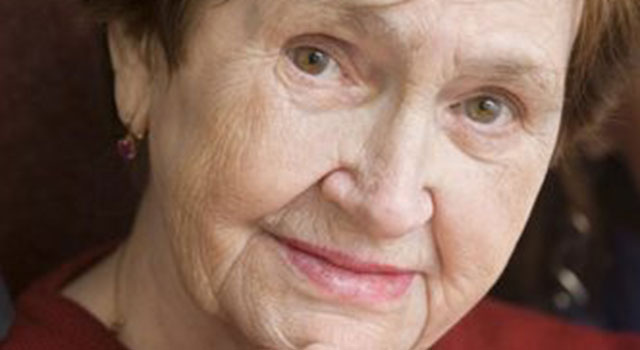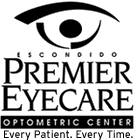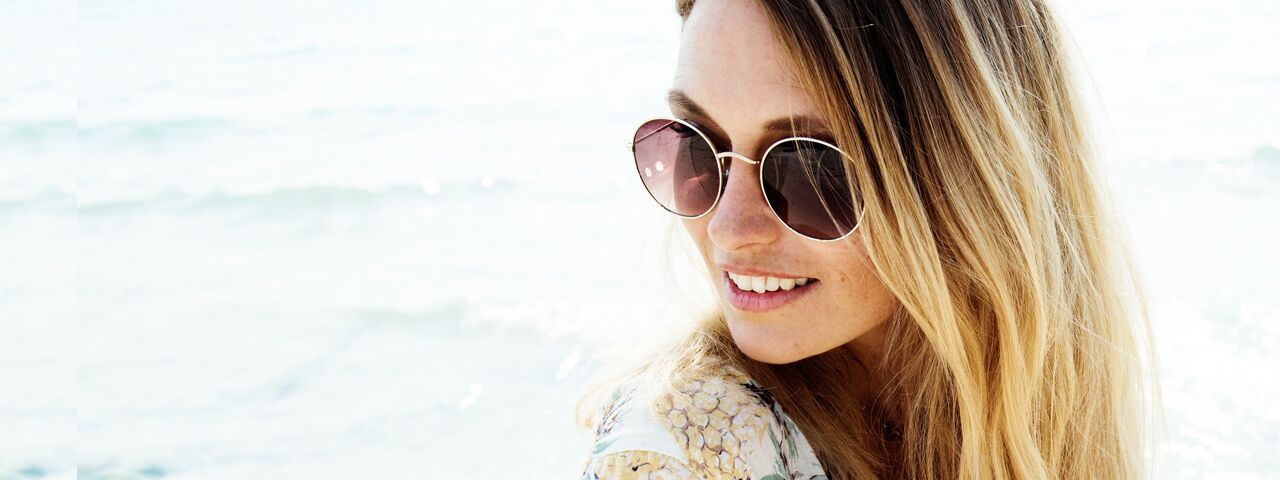 If a loved one recently suffered a stroke and is still struggling with the after-effects, you will want to do everything in your power to help them quickly recover. Unfortunately, it can be painstaking to find the right treatment for their specific needs.
If a loved one recently suffered a stroke and is still struggling with the after-effects, you will want to do everything in your power to help them quickly recover. Unfortunately, it can be painstaking to find the right treatment for their specific needs.
The first thing to keep in mind is this: a single treatment is not going to cure everything. Instead, combining a set of complementary therapies promises optimal results. Read on to find out how neuro-optometric rehabilitation plays an important role in the recovery process from a stroke.
How Does a Stroke Affect Vision
A stroke occurs when the blood flow to the brain (or a section of it) is interrupted. In other types of strokes, a blood vessel in the brain bursts causing major damage in the area. Depending on where in the brain the stroke occurs, it affects different body functions.
Because visual information is processed through the visual cortex of the brain, any brain damage may also affect vision-related processes and quality of vision. Such visual defects are not always obvious and frequently overlooked in initial evaluations following a stroke.
Try to help the stroke victim identify any of the following symptoms:
- Blurred vision (even over short periods)
- Sensitivity to light (photophobia)
- Reduction or loss of visual field
- Headaches when engaged in visual tasks
- Reading difficulty
- Difficulties with eye movements
If any of these symptoms are present, a thorough assessment by a neuro-optometrist is needed.
Why Consult a Neuro-Optometrist?
A regular eye exam by an optometrist checks for eye diseases and visual acuity. A functional eye exam by a neuro-optometrist takes a completely different approach. The goal is to identify neurological vision-related issues and address the types of vision loss caused by a stroke.
About one-third of post-stroke patients experience one or more of these conditions:
- Loss of visual field - Part of the person’s visual field disappears. In many cases, they will see only the right or the left half of it.
- Lack of control over eye movements - When the eye nerves are damaged, the eyes may not move as desired or move involuntarily, causing eye turn (strabismus), double vision (diplopia), or other similar issues.
- Constant, unsteady eye movement (nystagmus) - A continuous fidgety jiggle of the eye, which can move up and down, sideways or in a circle.
- Visual neglect - When the person is not aware of or does not respond to something he/she sees. There is nothing wrong with the eyes themselves, but the brain does not interpret the images it receives.
- Agnosia - Often people have trouble recognizing familiar objects and even faces. The cause is similar to visual neglect.
It is easy to see how these affect the overall behavior of a person. At the same time, many may mistake their lack of orientation, bumping into things and/or ignoring people for a problem unrelated to vision.

Choosing the Right Neuro-Optometrist for a Stroke Patient
An exam by qualified professionals will provide clarity into the situation, so make sure to choose an optometry practice that includes a neuro optometrist with extensive training and experience in neuro-optometric rehabilitation such as Escondido Premier Eyecare's Vision Therapy Center.
The therapy may include prism lenses to shift images into the visual field or join the images in case of double vision. Exercises to train the brain to manage vision and compensate for vision loss are also part of the therapy.
Your loved one deserves optimal healing, and to ensure this, rehabilitative vision therapy should be part of the overall treatment plan. If he or she is already undergoing physical or occupational therapy, consider adding neuro-optometric rehabilitation for a more holistic approach and better results.
How Successful Is Neuro-Optometric Rehabilitation Therapy?
Vision therapy will help improve the condition of your family member or friend. The speed and extent at which the patient will recover depend on the severity of the condition. Having said that, keep in mind each person is unique and reacts differently to the same treatment.
Neuro-optometric rehabilitation therapy is not a cure, but it will enhance visual skills and quality of life for the person you care for.
When vision is dysfunctional, so is everything else. Getting one's vision back on track can greatly enhance daily function and quality of life. Help your loved one get his/her life back, contact Escondido Premier Eyecare's Vision Therapy Center today.
Serving patients in Escondido, San Marcos, North County, San Diego, and throughout California.
Resources:
https://noravisionrehab.org/patients-caregivers/about-brain-injuries-vision/stroke-and-vision
https://noravisionrehab.org/patients-caregivers/what-is-neuro-optometric-rehabilitation


*Closed daily for lunch between 1pm to 2pm